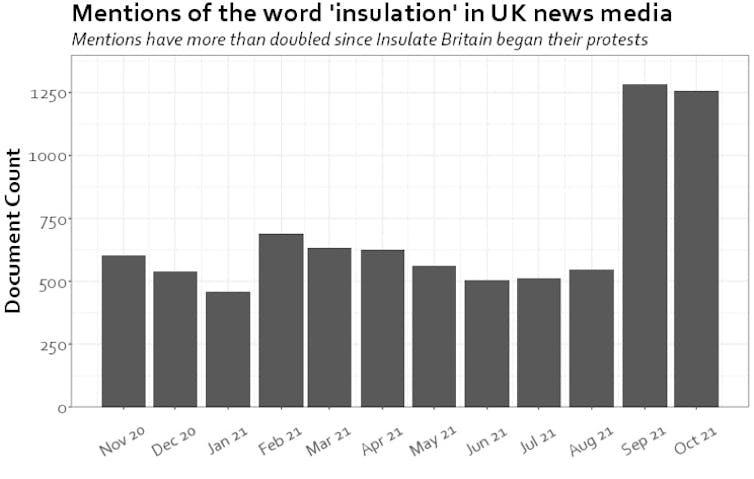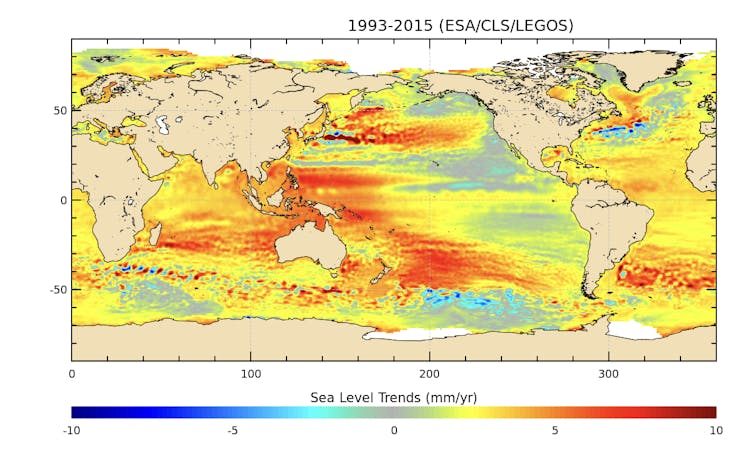 In an ever-evolving world, societal dynamics are continually shifting, reflecting the multifaceted nature of the human experience. One of the most profound changes we have witnessed in recent decades is the transformation of family structures, with divorce becoming a common facet of modern life across various societies. For instance, according to Office for National Statistics as of 2021, 42% of marriages in England and Wales end in divorce. Alongside this social evolution, we grapple with an equally pressing issue—the burgeoning environmental emergency. These two forces converge dramatically in more profound ways than we might realise. In this blog, I will explore the profound impact of dealing with divorce within the context of logistical and emotional anxiety brought about by the existential threat to our environment.
In an ever-evolving world, societal dynamics are continually shifting, reflecting the multifaceted nature of the human experience. One of the most profound changes we have witnessed in recent decades is the transformation of family structures, with divorce becoming a common facet of modern life across various societies. For instance, according to Office for National Statistics as of 2021, 42% of marriages in England and Wales end in divorce. Alongside this social evolution, we grapple with an equally pressing issue—the burgeoning environmental emergency. These two forces converge dramatically in more profound ways than we might realise. In this blog, I will explore the profound impact of dealing with divorce within the context of logistical and emotional anxiety brought about by the existential threat to our environment.
The complex landscape of divorce
Divorce, a life-altering event, affects not just the couple but an entire ecosystem—that is to say, the nuclear family. My PhD research findings illuminated the diverse experiences of young people whose parents divorced in different cultural contexts. After interviewing forty-four young people aged between 11 and 16 in Türkiye and England, what emerged strongly was a nuanced understanding of the variegated effects – both uplifting and otherwise, of divorce particularly for children.
For instance, more than half of the Turkish young people reported changing schools due to their parents’ divorce. While many didn’t directly attribute their school performance to the divorce, several children noted that changing schools positively impacted their performance. This aligns with global trends. A changing world demands adaptability, and some young people see education as their anchor, providing hope and a chance to take control of their lives, as reported by older participants in my study.
Emotional turmoil is a common aspect of divorce, with sadness and confusion being initial reactions. However, as my research indicates, many young people learn to adapt and grow from their experiences over time. Young people also emphasised the pivotal role that the home environment plays in shaping children’s experiences during and after divorce. Exposure to violence or maltreatment within the family environment can have a lasting negative impact.
Environmental challenges as an added layer
While navigating the intricate terrain of divorce, families now face an additional layer of complexity—the environmental challenges we face as a society. The world around us is changing rapidly due to issues such as climate change, pollution, and resource depletion. These challenges bring new dynamics to the fore within family life. A changing world presents economic challenges for families. Natural disasters, resource scarcity, or environmental policies have disrupted livelihoods and strained family finances, each feeding into existing marital tensions and ultimately increasing the likelihood of divorce. According to the World Economic Forum, climate change and related disasters could cost the global economy $360 billion annually by 2030.
Environmental crises force families to relocate or to become displaced persons, creating stress and uncertainty. The number of internally displaced people around the world reached 71.1 million as of the end of 2022, an increase of 20% from the previous year, according to the Internal Displacement Monitoring Centre’s flagship annual report. Today’s displacement crises are growing in scale, complexity and scope, and factors like food insecurity, climate change, and escalating and protracted conflicts are adding new layers to this phenomenon.
The emotional toll of witnessing environmental devastation can affect family members’ mental health. Anxiety, depression, and a sense of helplessness may surface, adding to the existing emotional challenges of divorce. The Mental Health Foundation in the UK has highlighted the impact of environmental issues and climate change on mental health, that stress and anxiety are rising.
A call for resilience and adaptation
As we stand at the crossroads of these two significant societal shifts—divorce and environmental challenges—it becomes clear that resilience and adaptation are paramount. Families must not only weather the storms of marital dissolution but must also equip themselves to confront the environmental storms of a changing world.
Empowering young people with education and awareness about both divorce and environmental issues is crucial. They need the tools to understand, adapt, and make positive contributions to their lives and the world around them. Families need robust support systems. This includes access to mental health services for emotional well-being and community networks that can assist during economic hardship or environmental crises.
Having to separate houses also means having to double the expenses for two different households. While divorce can bring about significant changes and challenges, it is important to recognise that it can also have positive aspects, such as the potential for personal growth and the opportunity to create healthier family dynamics. In my research, 95% of the young people said they feel happier after their parents’ divorce than before and during. Therefore, sustainable living practices can help mitigate the impact of both divorce and environmental challenges. This not only contributes to the preservation of the planet but also instils values of responsibility and resilience in younger generations. Divorce cannot solely be seen as a breakdown of a family unit. On the contrary, families can advocate for action on environmental issues, fostering a sense of purpose and unity. Addressing these challenges collectively can lead to positive changes that benefit the family unit and the world.
In our rapidly changing world, families often find themselves at the intersection of two transformative forces—personal and environmental upheaval. At first glance, divorce and environmental challenges may seem unrelated. However, the two have a profound connection. Studies have shown that the environment plays a significant role in shaping our mental health and well-being. The increasing prevalence of climate change-related stress and anxiety, as documented by the American Psychological Association, highlights this link.
When we realise that environmental changes impact our mental health, we can begin to see the intricate relations between these forces. By acknowledging the complexity of divorce within the context of a changing world, understanding the implications of environmental challenges on our emotional well-being, and fostering resilience and adaptation, we can empower families to not only survive but thrive in this shifting landscape. Ultimately, through these challenges, we can shape a more compassionate, resilient, and sustainable world for generations to come.
This blog is written by Dr Gozde Burger, whose PhD is on young people’s experiences of parental divorce in Türkiye and England. She is currently working as part of the GW4 Alliance as a Senior Research Coordinator. Contact: Gozde.burger@bristol.ac.uk.























